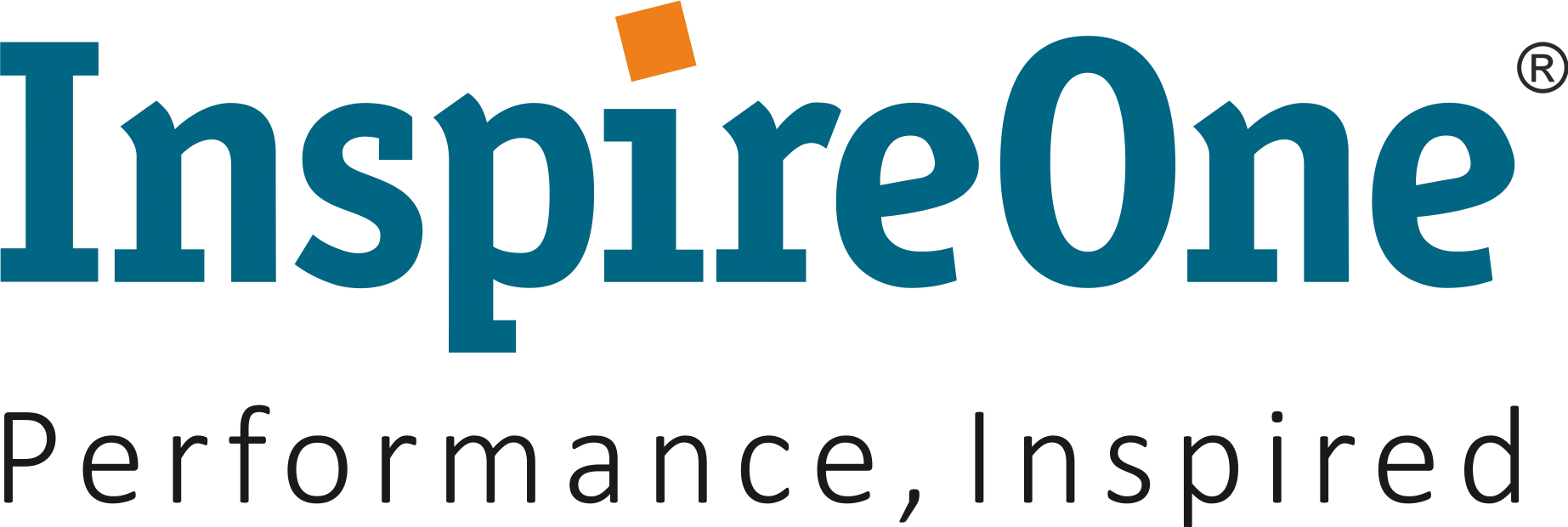Imagine walking into your office and finding that half the processes you relied on yesterday are now automated. Your team is buzzing with AI-generated insights, but they’re also overwhelmed. The pace of change is dizzying, and your leaders are looking to you, the Learning & Development (L&D) team, for help navigating this new world.
This isn’t a distant future scenario. It’s 2025.
According to the Harvard Business Impact 2025 Global Leadership Development Study, over 55% of organizations have made AI integration their top business priority. But here’s the twist: while AI is automating processes, the human element of leadership is more critical than ever. Organizations that succeed in this new landscape will be those that can harness the collective intelligence of humans and machines, and Learning and Development (L&D) will be at the heart of this transformation.
So, what does this mean for leadership development?
It means a complete shift in how we approach learning, talent readiness, and leadership capability-building. Harvard’s research highlights three strategic themes that are redefining leadership development in 2025. Let’s break them down, not as theory, but as an urgent action plan for organizations.
Building a Change-Seeking Culture: From Passive Readiness to Active Curiosity
For years, we’ve heard the mantra, “Leaders must be change-ready.” But readiness isn’t enough anymore. The new L&D mandate is to cultivate a change-seeking culture, where every leader and employee actively looks for ways to innovate, adapt, and challenge the status quo.
Interestingly, 40% of organizations surveyed are doubling down on building a change-ready culture. Yet, only 36% believe their leaders excel at embracing AI as a core part of strategy and operations. The gap is clear. Organizations need leaders who don’t just react to change but seek it out proactively.
This is where L&D becomes a strategic lever. By embedding continuous learning into leadership journeys and aligning them closely with business priorities, L&D teams can drive a mindset shift, from fear of disruption to excitement about transformation. It’s about creating an environment where experimentation is celebrated, and learning agility becomes a leadership superpower.
Predicting the Non-Linear Evolution of Roles: Workforce Planning is Now Workforce Forecasting
Here’s the new reality: job roles aren’t evolving in a straight line anymore. The rise of AI is causing a non-linear, unpredictable evolution of roles, where responsibilities blur, hierarchies flatten, and traditional career paths vanish.
This unpredictability places immense pressure on L&D teams to shift from being reactive to predictive. The challenge isn’t just about closing current skill gaps but anticipating future ones.
Harvard’s report underscores that 45% of organizations expect leaders to play a bigger role in upskilling their teams to use AI effectively. It’s not just about technical proficiency; it’s about developing leaders who can manage AI-human workflows, lead hybrid teams of bots and humans, and stay emotionally intelligent in a tech-heavy environment.
The solution? A more dynamic approach to workforce planning, where L&D partners with business leaders to continuously map evolving role profiles, simulate future scenarios, and build just-in-time, context-specific learning interventions.
Accelerating Speed to Skill: The New Race in Leadership Development
In an era where the half-life of skills has plummeted from 26 years to under five, organizations must master the art of speed-to-skill. It’s no longer viable to take months to develop and deliver learning programs. Leadership development must move in tandem with business strategy– real-time, scalable, and hyper-relevant.
Harvard’s research indicates a sharp increase in organizations leveraging AI to co-create proprietary learning content, with 43% developing a blend of internal and external programs. AI isn’t just a delivery tool; it’s a co-pilot in learning design, helping L&D teams contextualize learning, automate feedback, and personalize development journeys at scale.
But here’s a word of caution: while AI can drive speed and scale, human-centric design must not take a backseat. Harvard warns of the risk of “algorithmic monoculture,” where over-reliance on AI feedback can reduce intellectual diversity. L&D leaders must find a balance, using AI to amplify learning, not homogenize it.
The Path Forward: From Capability Building to Collective Intelligence
2025 marks a turning point for L&D. Organizations are no longer asking, “How do we train our leaders?” The real question is, “How do we build a leadership culture where humans and machines learn from each other?”
The Harvard Business Impact study makes it clear: the winners will be those who can blend the analytical power of AI with the uniquely human skills of empathy, critical thinking, and creative problem-solving. It’s not AI vs. humans, it’s AI and humans, working as a seamless intelligence network.
L&D has a pivotal role in orchestrating this partnership. By focusing on change-seeking cultures, predictive workforce planning, and accelerating speed to skill, organizations can transform their leadership development strategies from reactive to future-ready.
At InspireOne, we work with organizations to activate these themes and reimagine leadership development for today’s fast, fluid, and future-focused world. By aligning L&D strategies with business imperatives, we help leaders not just navigate change but become catalysts of transformation.
References:
- Harvard Business Impact. (2025). Fast, Fluid, and Future-Focused: Building the Collective Intelligence of Humans and Machines. [HBI 2025 Global Leadership Development Report].
- Stuart, T. (2025). How a Legacy Financial Institution Went All In on Gen AI, HBR.org.
- Satell, G., Bhaduri, A., & McLees, T. (2023). Help Your Employees Develop the Skills They Really Need, HBR.org.
- Riedl, C. (2024). How to Use AI to Build Your Company’s Collective Intelligence, HBR.org.
- Bojinov, I., Holtz, D., Johari, R., Schmit, S., & Tingley, M. (2025). Want Your Company to Get Better at Experimentation?, HBR.org.







